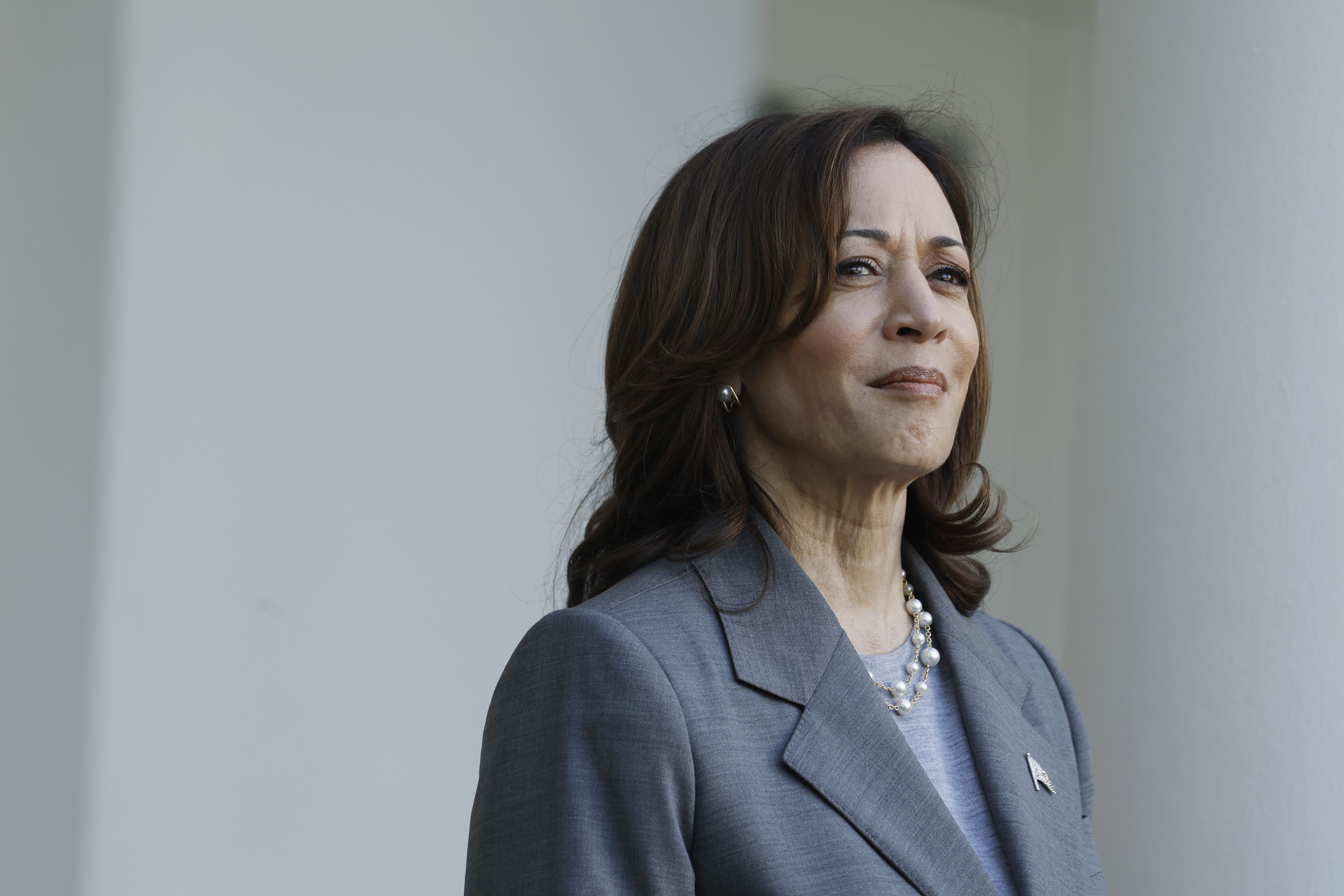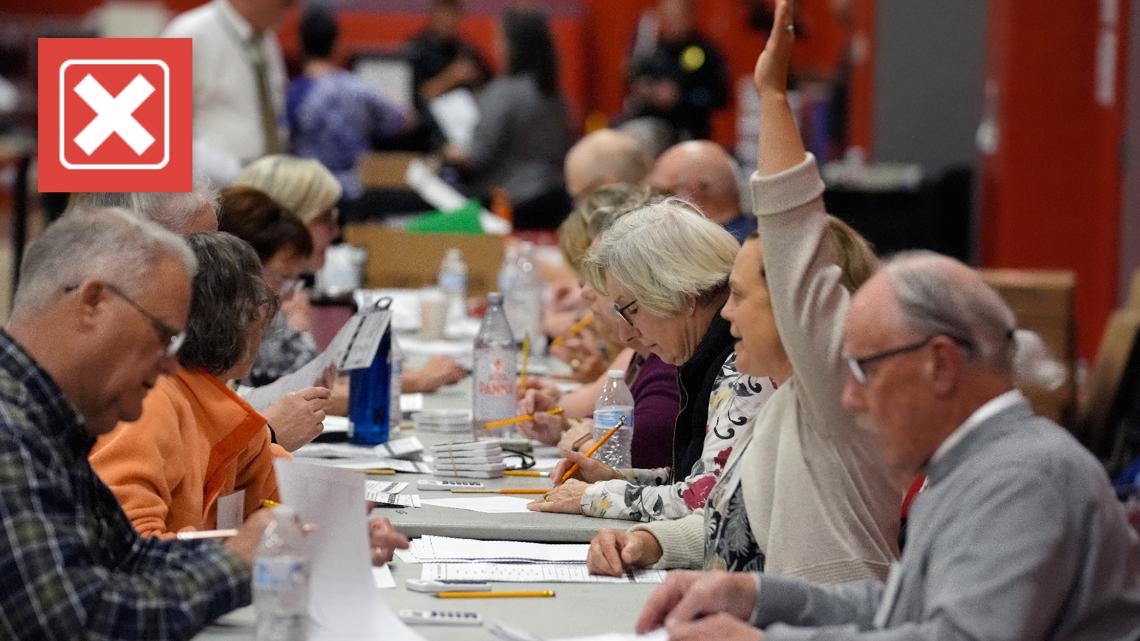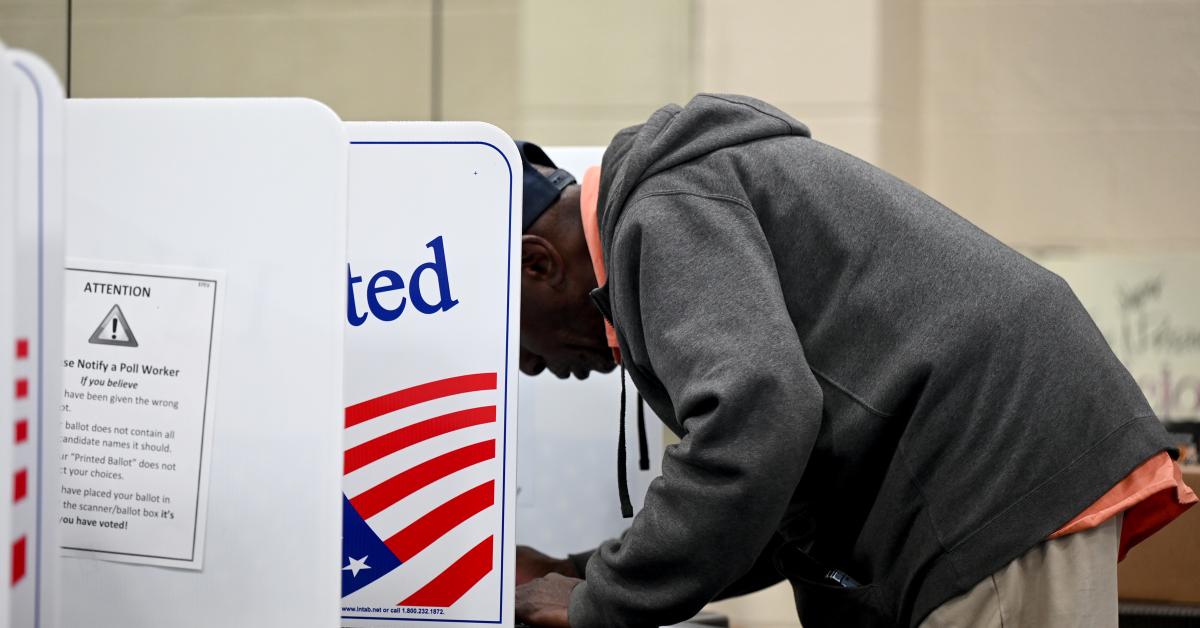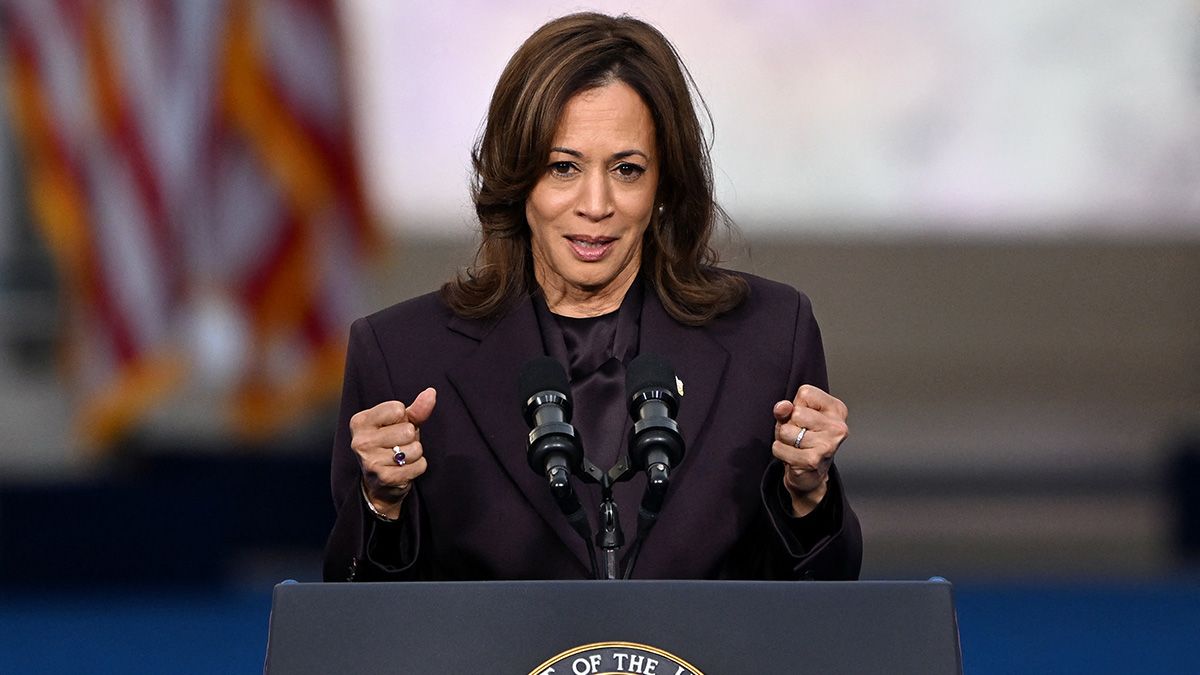With just over two months to go until the 2024 election, Vice President Kamala Harris’ enjoys a lead nationally over Donald Trump in the polls, but, as recent history suggests, this might not translate into an Electoral College victory.
The campaigns for both Harris and Trump are sure to be kicked up another gear as the country enters into the final few weeks of the election season.
While every presidential election cycle appears to begin not long after the previous one has ended, it is widely accepted that the period from Labor Day onwards is when it truly becomes vital, as the average voter becomes more engaged and any major update or news story becomes more significant.
“Historically Labor Day marked the start of the general election in the United States. The parties had their conventions in the summer but campaign activities against opponents didn’t really kick into gear until September,” Christopher Borick, a professor of political science and the director of polling organization, the Muhlenberg College Institute of Public Opinion, told Newsweek.
“That of course has changed with seemingly never-ending campaigns, but nevertheless with summer in the rearview mirror, the campaigns will move into a new stage with increasing focus on getting out the vote. This urgency is even enhanced because of the growth of early voting in many key states across the country.”
The 2024 cycle has been unusual as arguably the most significant event occurred several weeks before this year’s Labor Day—President Joe Biden ending his reelection campaign after a disastrous debate against Trump in June.
Biden proceeded to endorse Harris, and since then, the vice president has seen waves of support and enthusiasm for her 2024 White House bid which were largely absent from Biden’s. Polls have frequently suggested she is the frontrunner.
However, even with momentum appearing to be on her side against Trump, Harris is still not polling as well as Biden did in 2020 did against the former president, or as Hillary Clinton in 2016.
Anna Moneymaker/Getty Images
According to the national polling average from 538, formerly FiveThirtyEight, Harris’ lead over Trump is currently 3.3 points (47.1 percent to 43.8).
In 2020, Biden’s lead over Trump as of Labor Day was 7.5 points (50.5 percent to 43). Former Secretary of State Hillary Clinton also enjoyed a decent lead over Trump as of Labor Day in 2016, with the former secretary of state’s margin of 3.7 percentage points, being higher than what Harris currently has.
Despite never being ahead in 538’s national polling averages that year, Trump went on to pull off a shock victory at the 2016 election, beating Clinton by 304 Electoral College votes to 227.
Trump’s win was arguably one of the biggest upsets in U.S. election history, with 538 giving the Republican candidate just a 28.6 percent chance of victory on the morning of Election Day. While she lost the election, Clinton did win the popular vote across the country by nearly 3 million votes.
Trump’s 2016 victory came down to fine margins in a number of key swing states, proving that national polling leads mean nothing if they don’t translate in the battleground states.
Trump won Michigan by just over 10,000 votes and Pennsylvania by 44,000 votes, largely on the back of sweeping the rural vote in the state.
Trump also managed a narrow win in Wisconsin by around 23,000 votes, meaning Clinton became the first Democratic presidential candidate to fail to win the Badger State since 1984. (Biden would reclaim it four years later.)
Clinton was widely criticized at the time for not campaigning hard enough in these three states—including not appearing at all in Wisconsin—considered Democratic strongholds during the 2016 election,
Clinton dismissed these criticisms in her 2017 book, What Happened. She instead laid the blame on that year’s so-called October Surprise, when then-FBI Director James Comey reopened an investigation into Clinton’s private email server 11 days before Election Day.
“If just 40,000 people across Wisconsin, Michigan, and Pennsylvania had changed their minds, I would have won,” Clinton wrote. “With a margin like that, everyone can have a pet theory about why I lost. It’s difficult to rule anything out. But every theory needs to be tested against the evidence that I was winning until October 28, when Jim Comey injected emails back into the election.”
In 2020, Biden was seemingly benefiting in the polls the repercussions of the COVID-19 pandemic, which had forced widespread lockdowns as well as numerous job losses. Trump was widely condemned for originally downplaying the seriousness of the virus and showing a reluctance to wear masks in public despite recommendations from the Centers for Disease Control and Prevention (CDC) to do so. By the end of 2020, around 350,000 people had died as a result of COVID-19 in the U.S. Trump would however receive bipartisan praise for the vaccine rollout his administration initiated, known as “Operation Warp Speed.”
The Trump presidency had also been by him getting impeached over allegations he threatened to withhold military aid to Ukraine unless the country’s president, Volodymyr Zelensky, helped provide dirt on Biden ahead of the election.
In the end, Biden’s strong polling numbers converted into a relatively comfortable victory over Trump at the 2020 election. Biden not only won the Electoral College vote by 306 to 232, but also the popular vote by about 7 million votes.
Biden’s victory included narrow wins in key swing states: Arizona by just over 10,000 votes, Georgia by nearly 12,000 and Wisconsin by around 20,000 votes. Biden also managed to flip Pennsylvania and Michigan.
For Harris, it remains to be seen if her current polling leads can be maintained or increased between now or November.
There are a number of events between now that can still influence the polls and how voters will react at the ballot stations.
This includes the upcoming ABC debate between Harris and Trump on September 10. The sentencing for Trump’s felony conviction of falsifying business records is scheduled for September 18.
The prospect of another major October Surprise influencing voters one way or another is also still looming.
According to the most recent swing states polling from Bloomberg News/Morning Consult, Harris holds a 2-point [49 percent to 47] lead among registered voters across Arizona, Georgia, Michigan, Nevada, North Carolina, Pennsylvania and Wisconsin.
When broken down further to likely voters, Harris’ lead is reduced to 1 point, a statistical tie. The statistical margin of error is 1 percentage point across the seven states.
The poll shows that Harris is now beating Trump by 2 points in North Carolina, a major turnaround in a state where a Democratic candidate has not won since 2008 and where Trump led by 10 points over Biden as recently as April.
Harris is also ahead in the so-called Blue Wall swing states of Wisconsin [8 points], Michigan [3 points], and Pennsylvania [4 points]. If Harris wins these three states, and holds on to the other Democratic states as expected, she will have enough Electoral College votes to clinch the 2024 election.
Elsewhere, the Bloomberg/Morning Consult survey shows that Harris is 2 points ahead of Trump in Georgia and 4 points ahead in Nevada, with the pair tied at 48 percent in Arizona. The poll surveyed 4,962 registered voters in the seven swing states and was conducted online from August 23 to August 27.
“What we have seen continue since [Harris] got in the race is substantial positive coverage breaking through to voters,” said Eli Yokley, U.S. politics analyst for Morning Consult, told Bloomberg. “The buzz around her campaign is very positive.”
Update 09/02/24, 9:15 a.m. ET: This article was updated to include comment from Christopher Borick.













